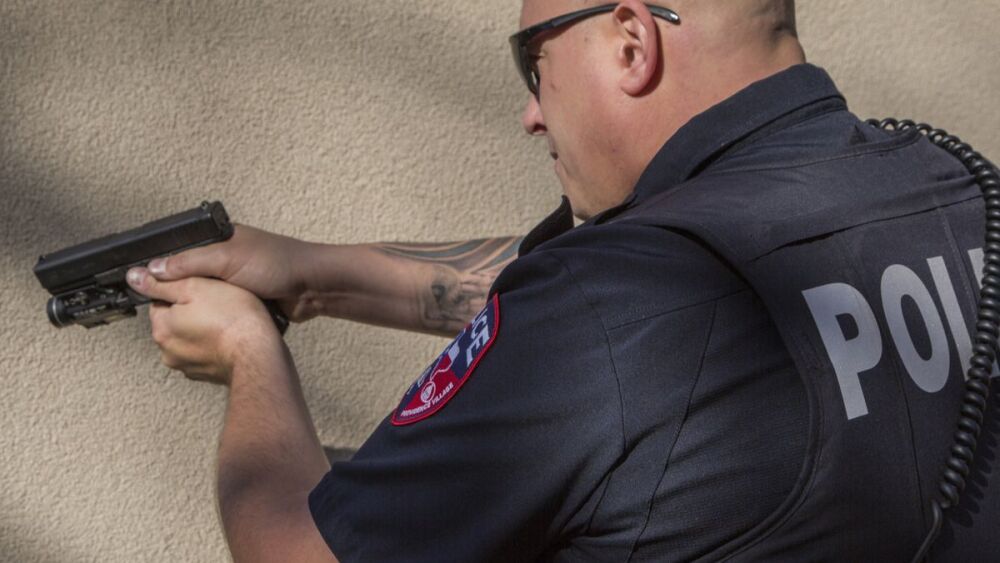Auditory acuity is a vital element of policing in order to accurately receive and process information whether it be a radio transmission, delineating voices in a crowd, or speaking to a suspect or witness. Exposure to acute and chronic noise such as gunfire can greatly compromise this much needed sense. This can result in lost time on the streets, workers’ compensation claims, and even early retirement for some.
Gunfire, public disturbances and loud event coverage are just a few ways an officer can have hearing disrupted. Research suggests that ear protection should be worn when exposed to 85 decibels or louder. A firearm typically creates 134 decibels. Tinnitus, or ringing in the ears – an early warning sign of hearing problems – can start around 127 decibels.
Ear protection for officers in the field is all but neglected leaving them susceptible to acute and chronic noise levels.
Ear muff headsets or foam plugs are standard equipment when officers take to the range for training and qualification but practical options have been limited while on patrol. Emerging technology is showing some promise in enhancing dedicated voice reception and interpretation while protecting vital auditory structures such as the tympanic membrane – the ear drum and cochlea – where minute hair cells help transmit sound to the brain, or even the auditory nerve – the main conduit of sound to the brain.
Arguably the ideal piece of equipment for any officer is one that can balance hearing protection, receive dedicated sound while staying in tune with the surroundings, and is light and functional, especially for the demands of patrol and tactical incidents.
The ear muff styles worn at the range are impractical. The popular shoulder-placed boom mic set requires the officer to tilt their head to transmit and hear a transmission. They must also compress the transmission button, which can result in the hand being caught on equipment. Coordinating this sequence of tasks is the last thing an officer wants to do while in a time sensitive need to draw a weapon or while being fired upon.
In-ear devices used by many special operators are ideal. They eliminate the space between the sound source and ear enhancing dedicated sound while ostensibly protecting the inner ear structures. Some of these units weigh less than three ounces and have the added benefit of an integrated microphone allowing the officer to communicate without having to lean into the shoulder that has the radio microphone to hear or transmit information.
Other reasons these in-ear units are more beneficial to an officer on the streets include:
- Small electronic filters in the ear pieces can compress noise impulses entering the ear limiting the strain on vital structures within the ear.
- Tiny microphones integrated into the external construction of the ear pieces create a more succinct reception of ambient sound without distorting reception.
- A pin-head-sized mic built into the ear piece essentially eliminates the head-tilting fumbling for the boom mic strapped to an officer’s shoulder.
Conclusion
Effective policing requires good listening skills based on auditory reception and processing. Any acute or chronic compromise of this delicate system can significantly impact an officer’s career. Advances in technology has addressed many issues that can impact hearing and radio transmission and reception while simultaneously protecting vital auditory structures that can have short and long-term implications to the officer’s career and life.



